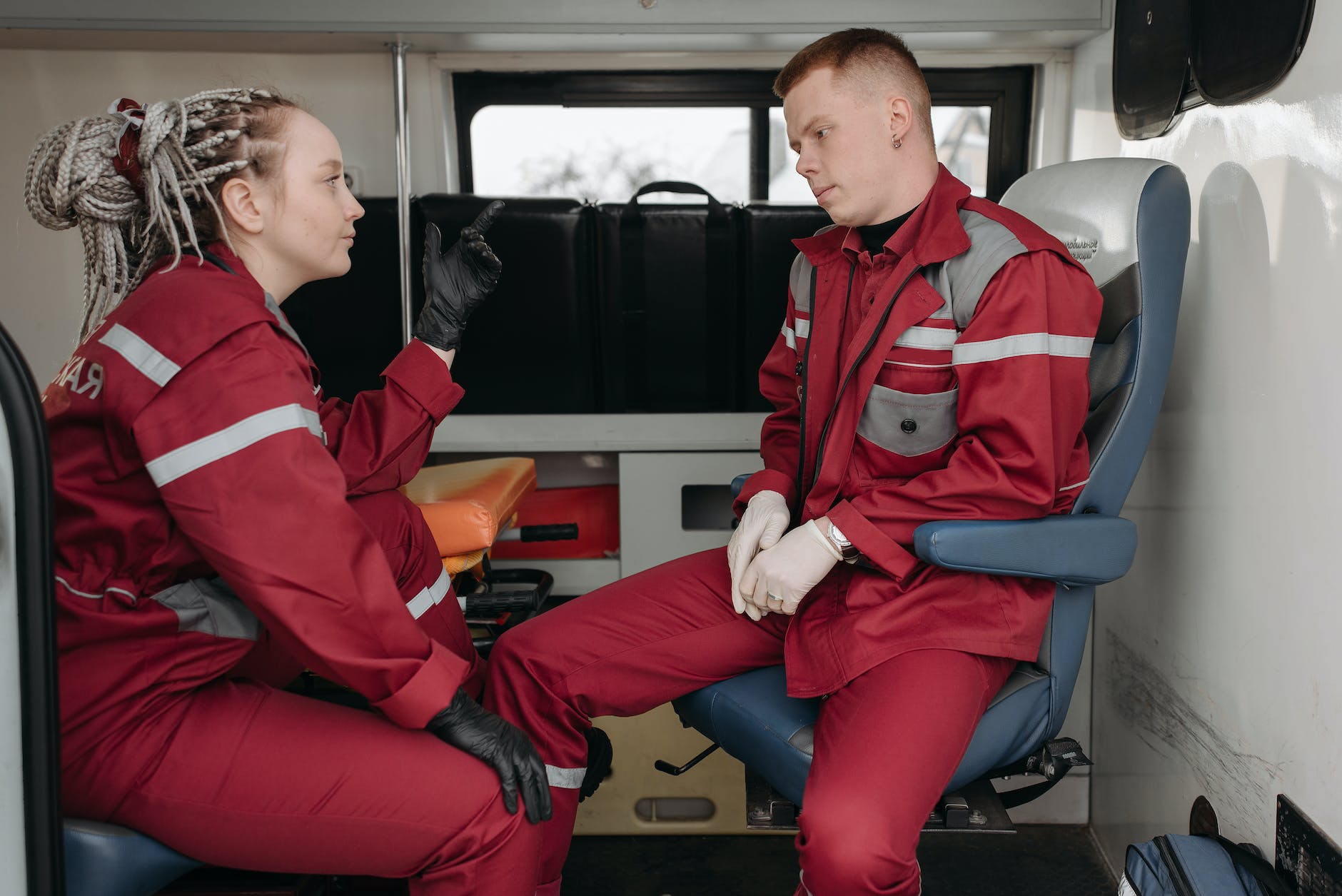
Introduction:
As a safety officer, your role is of paramount importance in safeguarding lives and maintaining a secure environment. Whether you are responsible for workplace safety, event management, or any other domain, staying prepared and knowledgeable is key to ensuring the well-being of all. In this blog post, we will share ten essential life-saving tips that every safety officer must know to excel in their profession and make a positive impact on the safety of those they serve.
- Stay Informed and Updated: The Power of Knowledge:
As a safety officer, staying informed about the latest safety regulations, best practices, and industry trends is vital. Regularly attend workshops, seminars, and conferences to enhance your knowledge and keep abreast of the ever-evolving safety landscape.
- Thorough Risk Assessments: Identifying Hazards Before They Occur:
Performing meticulous risk assessments is the foundation of a proactive safety approach. Learn to identify potential hazards, assess their severity, and prioritize preventive measures to mitigate risks effectively.
- Empower Employees: Promote a Safety Culture:
A strong safety culture starts with engaged employees. Encourage open communication, active participation, and the reporting of safety concerns. Empower your team to take ownership of safety, fostering a culture where safety becomes everyone’s responsibility.
- First Aid and Emergency Response Training: Immediate Action Matters:
Being well-trained in first aid and emergency response is critical for any safety officer. Equip yourself with the necessary skills to handle injuries, medical emergencies, and accidents promptly and efficiently.
- Invest in Quality Safety Equipment: Your Tools for Protection:
The right safety equipment can be a lifesaver. Ensure that your organization invests in top-quality safety gear, from personal protective equipment (PPE) to state-of-the-art safety devices and tools.
- Learn from Past Incidents: Analyze and Improve:
Every incident is an opportunity to learn and improve safety protocols. Conduct thorough investigations into any accidents or near-misses, identify root causes, and implement corrective measures to prevent similar incidents in the future.
- Keep Safety Procedures Simple and Accessible:
Complex safety procedures can be confusing and lead to compliance issues. Strive to create straightforward, easily accessible safety protocols that employees can understand and follow with ease.
- Encourage Mental and Physical Well-being: A Holistic Approach:
A safety officer’s responsibilities extend beyond physical safety. Promote mental and physical well-being among employees, as a healthy workforce is more alert, focused, and better equipped to handle challenges.
- Regular Safety Drills: Practice Makes Perfect:
Conducting regular safety drills and simulations helps ensure that everyone knows their roles and responsibilities in emergency situations. These drills boost preparedness and confidence when faced with real-life safety incidents.
- Stay Calm Under Pressure: Leadership in Crisis:
During emergencies, a safety officer must remain composed and lead with confidence. Practice staying calm under pressure, as your demeanor sets the tone for others to follow suit.
Conclusion:
Safety officers play a pivotal role in preserving lives and maintaining secure environments. By implementing these ten life-saving tips into your safety practices, you can elevate your effectiveness as a safety officer and contribute significantly to a safer and more secure world. Embrace the responsibility, stay proactive, and commit to continuous learning, as you hold the power to make a lasting positive impact on the lives of those you protect.